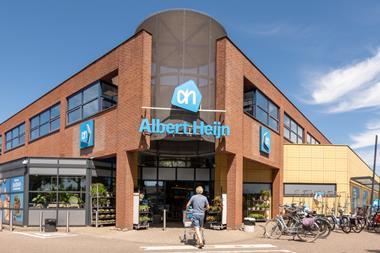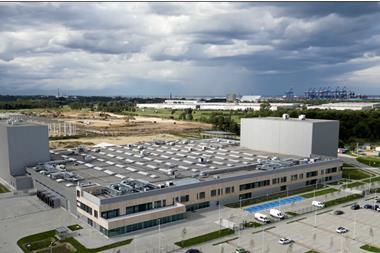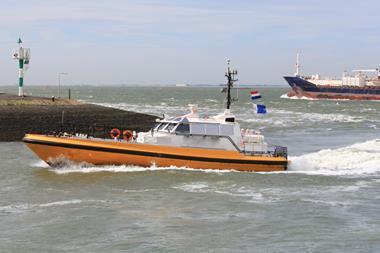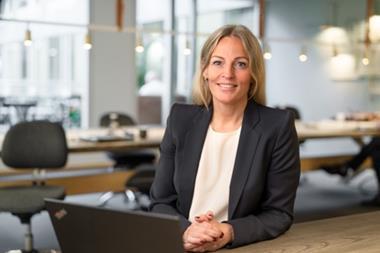SWEDEN - Sjätte AP-fonden (AP6), the Sixth Swedish National Pension Fund, generated a negative return of 16.6% in 2008 and the value of its fund dropped by SEK3.25bn (€284.8m) over the year.
Figures from the year-end report for the pension buffer scheme showed the value of the fund capital had reduced to SEK16.4bn at the end of 2008, which it attributed to the devaluation of the assets.
AP6 has a slightly different mandate to the other buffer funds AP1-4, as its aim is to invest in small- to medium-sized Swedish growth companies, and as the investment usually lasts for between 5-10 years, the scheme noted it "is never forced to sell holdings at a given date".
Erling Gustafsson, chief executive of the Sixth AP Fund, said: "Naturally I am not happy with the result for 2008, which was a negative one. The credit crunch and the major economic slowdown have been difficult to resist. There is a light at the end of the tunnel, however, as we are strongly supporting our investments in companies and funds. In other words, we have sufficient resources to help them through this current difficult economic situation."
Despite the market conditions AP6 claimed its AP Direct Investments sector is "growing well", with its three largest holdings - Norrporten, Volvofinance Bank and Lindab - all showing "continued stable growth" in 2008.
Elsewhere, the pension fund revealed AP Partners, where the scheme co-invests with business partners, had rapidly growing sales and market share in 2008, despite being a "young portfolio", and confirmed "intensive efforts are ongoing in order to develop the companies", including strengthened management and governance to be able to acheive rapid expansion.
In its AP Fund investments sector, AP6 revealed it is invested in more than 300 growth companies, however it acknowledged the turbulence in the financial markets had led to a devaluation of companies sensitive to economic conditions, which contributed to the overall negative return.
A look at medium-term performance showed the average annual return for the fund between 2003 and 2008 was a positive 9% a year, much higher than the average return of the other buffer funds who all failed to meet their targets.
Gustafsson said: "Despite the economic situation, I envisage many opportunities for our funds. As the financial crisis has worsened, we have received an increasing number of requests with the aim of improving access to risk-bearing capital within the Swedish economy and so generating future growth."
The chief executive admitted the format this might take has not been settled, but confirmed the solutions, or models, would be determined in collaboration with both industry and authorities.
"What is certian, however, is that creating sustainable, long term economic conditions for investment in small and medium-sized companies, has never been such a hot topic," added Gustafsson.
The full 2008 annual report for AP6 will be published on 2 March 2009.
If you have any comments you would like to add to this or any other story, contact Nyree Stewart on + 44 (0)20 7261 4618 or email nyree.stewart@ipe.com












No comments yet